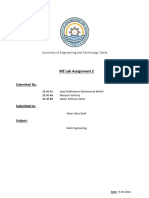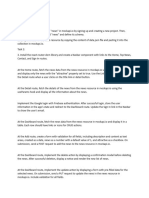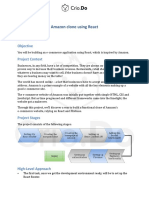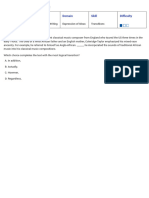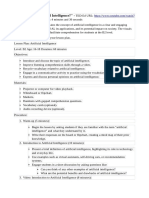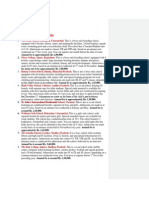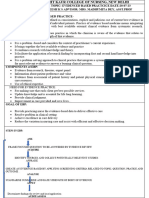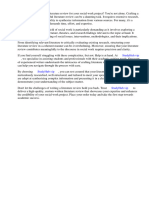0% found this document useful (0 votes)
38 views4 pagesReact Router
React Router is a library for managing client-side routing in React applications, enabling the creation of dynamic single-page applications that feel like traditional multi-page sites. Key concepts include Routes, Router, Nested Routes, and Link components, which facilitate navigation and component rendering based on URL paths. The document outlines installation steps, setup instructions, and how to create a basic navigation structure with Home, About, and Contact pages.
Uploaded by
sindhulakshmi542Copyright
© © All Rights Reserved
We take content rights seriously. If you suspect this is your content, claim it here.
Available Formats
Download as DOCX, PDF, TXT or read online on Scribd
0% found this document useful (0 votes)
38 views4 pagesReact Router
React Router is a library for managing client-side routing in React applications, enabling the creation of dynamic single-page applications that feel like traditional multi-page sites. Key concepts include Routes, Router, Nested Routes, and Link components, which facilitate navigation and component rendering based on URL paths. The document outlines installation steps, setup instructions, and how to create a basic navigation structure with Home, About, and Contact pages.
Uploaded by
sindhulakshmi542Copyright
© © All Rights Reserved
We take content rights seriously. If you suspect this is your content, claim it here.
Available Formats
Download as DOCX, PDF, TXT or read online on Scribd
/ 4















